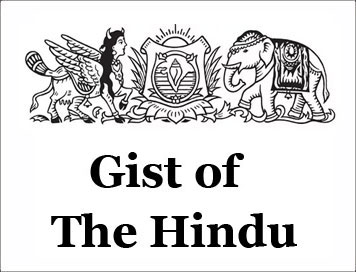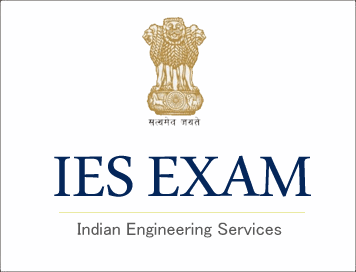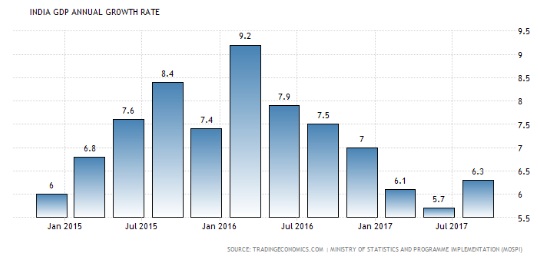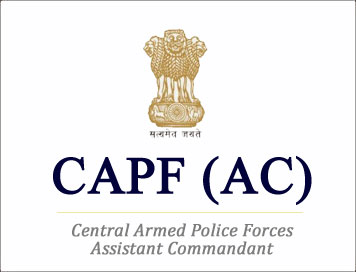
(Download) UPSC IAS Mains English Compulsory Exam Paper - 2016
Exam Name: UPSC IAS Mains
Year: 2016
Exam Date: 7-12-2016
1. Write an essay in about 600 words on any one topic : 100 marks
(a) Majoritarianism conflicting with the constitutional spirit, an unhealthy trend in true democracy.
(b) The Indian girl child — still a victim of exploitation.
(c) Industrialization should not affect but contribute to agricultural growth in India.
(d) Mass media has great responsibility in transforming the society.
2. Read carefully the passage given below and write your answers to the questions that follow in clear, correct and concise language : 15x5=75 marks
The thought of Young Bengal (Peary Chand Mitra, one of the circle, called it in 1877 "Young Calcutta) flowed through the fourth decade of the 19th century, arising in the late twenties and ebbing away after the mid-forties. Its inspirer was Derozio (1809-31), competent scholar, gifted writer, radical thinker, and the most famous of our teachers in the new education. It will be unusual to link with Young Bengal a second name, that of David Hare (1775-1841) who seems so different from Derozio in So many ways. Hare was indeed no professional instructor or intellectual, no man of letters or of academic learning. Ile had neither the brilliance nor the waywardness of his contemporary; unlike him he had become in diet and habits alınost a half-Hindu. Yet between the two may be detected an underlying resemblance which furnishes a key to a proper estimation of Young Bengal. Common to both was the passionate conviction that for India nothing was more essential than a dissemination of European learning and science among her people." Both encouraged freedom of thinking and discussion and inspired a courage and personal integrity in their followers to throw off the fetters of that antiquated bigotry which still clung to their countrymen." And unlike other leaders around thcm, both were 'godless' secularists with little faith in denominations or religious instruction, and yet staunch idealists. Nor can one forget that in the hour of trial Hare tried to stand by Derozio and his maligned pupils about whom he declared - "your countrymen look upon you as - their reformers and instructors": while the Derozians were the first to honour Hare publicly, and after his death they were in the forefront in the endeavour to perpetuate his memory, in the unique First of June anniversaries for 25 years without a break. Henry Louis Vivian Derozio was a Calcutta Eurasian of Portuguese-Indian ancestry, the son of an officer in an Englishı mercantile firin. (In the Hindu College Records of 1831. the name is occasionally spell as De Rozio; Max Muller wrote D. Rozario). Ile was educated in one of the pioneer English-teaching private schools of the early 19th century, run by the Scotsman Drummond in the Dharmatala arca. Drummond was a scholar-poet, and as a notorious free-thinker an exile from his native land. It may safely be conjectured that Derozio derived from Drummond his taste in literature and philosophy, his love of Burns, his faith in the French Revolution and English Radicalism.
Derozio's youthful critique on Kant was considered as something which would not disgrace even gifted philosophers"; his translation of a French essay on Moral Philosophy was printed posthumously. The fame already won secured him an appointment as teacher to the senior classes in the Hindu College before he had .. ended his teens'.
Derozio's personality brought "a ncw cra in the annals of the College", the youthful teacher drawing the senior boys like a magne" round him. According to his biographer "neither before, nor since his day has any teacher, within the walls of anly native educational establishment in India, ever exercised such an influence over his pupils." Not alone in the classrooms, but outside the hours as well, he strove with success "to broaden and deepen the knowledge of his pupils" in Western thought and literature, the new fountain which constipated and intoxicated. The College students clustered round him and very many of them carried down to their last days the deep impress Stamped on them by their Master. This was the cementing link which held together the Young Bengal group. the memory which made a close-knit fellowship of affection and friendship even in later life. Unlike most teachers, Derozio encouraged his students to debate freely and question authority. He urged them to think for themselves, to be in no way by any of the idols mentioned by Bacon-to live and dic for truth." One of his pupils, Radhanath Sikdar, said of him : he has been the cause and the sole cause of that spirit of enquiry after truth, and that contempt of vice – which cannot but be beneficial to India." Another, Ramgopal Ghosh, held up the motto: "He who will not reason is a bigot; he who cannot is a fool, and he who does not is a slave."
(a) Which was the period when the thought of Young Bengal, the youthful band of reformers flourished in Bengal? Who were the two main teachers of the new education and in what ways were they different from each other?
(b) What was common to both these teachers ? How did they support each other?
(c) Comment on the education of Derozio. Did Drummond have any influence on him ? Justify your answer.
(d) What kind of influence did Derozio have on his pupils i.e., the Young Bengal group?
(e) "He has been the cause and the sole cause of the spirit of enquiry after truth." Explain the significance of the statement by Radhanath Sikdar.
3. Make a précis of the following passage in about one-third of its length. Do not give a title to it. The précis should be written in your own language. 75 marks
India is essentially a land of knowledge and it must rediscover itself in this aspect. Once this rediscovery is done, it will not require much struggle to achieve the quality of life, strength and sovereignty of a developed nation.
Knowledge has many forms and it is available at many places. It is acquired through education, information, intelligence and experience. It is available in academic institutions, with teachers, in libraries, in research papers, seminar proceedings and in various organizations and workplaces with workers, managers, in drawings, in process sheets and on the shop floors. Knowledge, though closely linked to education, comes equally from learning skills such as those possessed by our artists, craftsmen, hakims, vaidyas, philosophers and saints, as also our housewives. Knowledge plays a very important role in their performance and output too. Our heritage and history, the rituals, epics and traditions that form part of our consciousness are also vast resources of knowledge as are our libraries and universities. There is an abundance of unorthodox, earthy wisdom in our villages. There are hidden treasures of knowledge in our environment, in the oceans, bio reserves and deserts, in the plant and animal life. Every state in our country has a unique core competence for a knowledge society.
Knowledge has always been the prime mover of prosperity and power. The acquisition of knowledge has therefore been the thrust area throughout the world. Additionally, in India, there has been a culture of sharing it, not only through the traditions of guru-shishya but also by its spread to neighbouring countries through travellers who came to Nalanda and other universities drawn by their reputation as centres of learning. India is endowed with natural and competitive advantages as also certain distinctive competencies. But these are scattered in isolated pockets and the awareness of these is inadequate. During the last century the world has changed from being an agricultural society, in which manual labour was the critical factor, to an industrial society where the management of technology, capital and labour provide the competitive advantage. In the twenty-first century, a new society is emerging where knowledge is the primary production resource instead of capital and labour. Efficient utilization of this existing knowledge base can create wealth for us in the form of better health, education and other indicators of progress. The ability to create and maintain the knowledge infrastructure, to enhance skills and increase productivity through the exploitation of advances in various fields will be the key factors in deciding the prosperity of this society.
The knowledge society has two very important components driven by societal transformation and wealth generation. The societal transformation is in respect of education, healthcare, agriculture and governance. These will lead to employment generation, high productivity and rural prosperity.
The task of wealth generation for the nation has to be woven around national competencies. The TIFAC task team has identified core areas that will spearhead our march towards becoming a knowledge society. The areas are: information technology, biotechnology, space technology, weather forecasting, disaster management, telemedicine and tele-education, technologies utilizing traditional knowledge, service sector and infotainment which is the emerging area resulting from convergence of information and entertainment. These core technologies, fortunately, can be interwoven by IT, a sector that took off only due to the enterprising spirit of the young Thus there are multiple technologies and appropriate management structures that have to work together to generate a knowledge society. With India carving a niche for itself in information technology, the country is uniquely placed to fully capitalize on the opportunity to quickly transform itself into a knowledge society. The Planning Commission has taken a lead in generating a roadmap for transforming India into a knowledge society Evolving suitable policy and administrative procedures, changes in regulatory methods, identification of partners and most important, creation of young and dynamic leaders are the components that have to be put in place. In order to generate wealth, which is the second component for establishing a knowledge society, it is essential that simultaneously a citizen-centric approach to shaping of business policy, user-driven technology generation and intensified industry-academia linkages have also to be established.
A knowledge society has a two-dimensional objective of societal transformation and wealth generation, and a third dimension emerges if India is to transform itself into a knowledge superpower. This is knowledge protection and it entails a tremendous responsibility. It is very important that our communication network and information generators are protected from electronic attacks through surveillance and monitoring. There should be a focussed approach to intellectual property rights and related issues, and our ancient knowledge and culture too are part of our resource basc and need to be protected as such. (776 words)











